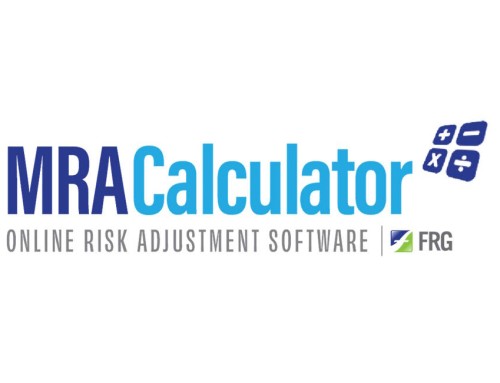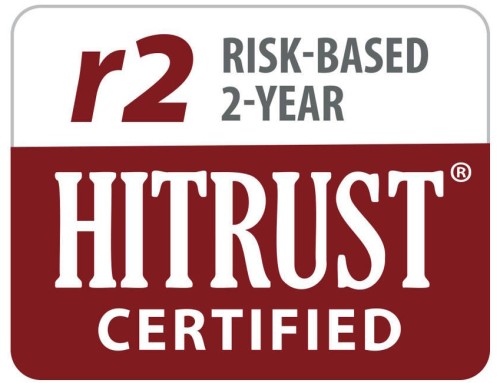Balancing effective risk management with quality patient care was never easy. In today’s quickly evolving industry it has never been harder. The business of healthcare is no place for the faint of heart or the ill-equipped.
The high costs and inefficiencies of healthcare delivery in the United States have bedeviled the industry for decades as have attempts to address the problem. Experienced financial managers are acquainted with disruption to their business models. Now, the drive toward value-based healthcare is the benchmark throughout the industry.
Passage of the Affordable Care Act gives this evolutionary drive a kick in the pants. New Medicare Access and CHIP Reauthorization Act provisions drive old but seemingly new business models and incorporate value-based metrics aiming to weave quality care into historically cost-focused programs for a variety of member populations, rewarding value over volume. As with anything changing so fast, there are growing pains.
Whether the current push for value-based accounting succeeds remains a matter of lively debate. In the meantime, financial managers and CFOs must deal with the day-to-day reality of managing costs and meeting the “value threshold” for payment mandated by this shift toward quality.
We talked with three experienced healthcare financial professionals to get a glimpse of the challenges they face, some of the tools they use, and their assessment of the industry today.
You Get What You Pay For: (or what you get depends on who pays for it)
Fee-for-service incentivizes, arguably, the wrong mindset for providing care. It’s an “assembly line” mentality, says Rene Olavarrieta, a financial manager of Health Choice Network.
“I feel the move to value-based care over fee-for-service is long overdue. By tying quality to reimbursements,” says Olavarrieta, “payers are driving providers to ensure patients are provided care that achieves appropriate outcomes and satisfaction”
At a practical level, however, providers often assume financial risk based on what for an unfamiliar set of quality metrics. And in many cases the metrics vary for different cohorts of patients: Medicare, Medicaid, accountable care, etc. Adapting to the new requirements requires a new mindset. But it is imperative!
“Almost everything is driven by quality,” says Dave Misner, Business Development for Passport Health Link and Provider Health Link in multiple states. In all new business you consider today, he says, “Quality is going to be a threshold so if you don’t meet the threshold you’re never going to make money in the value-based model.”
Healthcare finance consultant Eric Campbell concurs. “In certain areas, it’s working well. I’d argue that down here in Florida it’s mostly ok,” Campbell says, referring to the risk contracting with primary care physicians and MSOs that began in the state about 25 years ago. Campbell considers Florida as an exception to the rule, however.
“Across most of the country,” says Campbell, “doctors are and have historically been working with an ‘eat what you kill’ mentality.” Their income is based net collections, Campbell explains. They know exactly how many patients they need to see to make the money they want to make. Do physicians intellectually think of that? “No,” Campbell says, “but that’s often been my experience in dealing with them.”
Campbell hopes to see more investment in primary care, likening a value-centered approach to conducting an orchestra. The Primary Care Physician (PCP) directs the ensemble of specialists and facilities throughout a patient episode of care.
“At the end of the day,” says Campbell, “it’s the Primary Care Physician who is the maestro, he has to coordinate all those efforts.” When a PCP’s compensation is tied directly to balancing a panel’s revenue allocation with its resource consumption, he is at risk to one degree or another. When quality of care is also a factor in his compensation, it’s value based healthcare.
“He [the PCP] wants to make sure that he is sending you to people he’s used before and knows that they have strong, quality outcomes. He doesn’t want to send you to a bad doctor down the road just because he’s cheaper. He might be cheaper but he might take 12 visits as opposed to two.” One doctor “is just a throughput,” while another “focuses on quality.” Patients appreciate the efficiency too.
As the saying goes, you get what you pay for. When the PCP shares the risk for patient’s outcomes, an entire patient episode is better orchestrated, producing a more timely, integrated, and higher quality experience for all concerned. Of course, in reality that’s easier said than done. There are lots of facets to get right.
Big Data and Risk Management
The basis of success with managing health care is managing risk. Effectively managing risk in the 21st century requires access to and analysis of data. Lots of it. Big Data.
There was a time when financial managers could build their own programs to crunch the numbers. While they were unwieldy at the time, today home grown data analysis tools simply collapse under the weight of the data and processing required to identify trends in the new age of higher enrollments, multi-specialty coverage, disparate payor data sets, and risk adjustment in value-based frameworks.
“Every health plan does it a little bit differently,” says Campbell. “If I have a risk deal with one plan, I’ve got a risk deal with one plan, and that’s it. As soon as I get another contract, I’ve got to manage it quickly, but they’ll give me a whole different set of data points to manage.” If you don’t know what to look for, you can run out of time to correct any adverse trends. To be able to process all the data, you need tools.
“I want it all at one spot because I don’t want to have to go hunting and pecking – and I don’t have time – trying to remember that one plan is slightly nuanced from the other and specific terms don’t sum across contracts. Programs like AccuReports take all that data and normalize it so that I can look at it on one screen. That service is invaluable to what we do,” Campbell says.
For Misner, AccuReports has “always been our financial platform.” The “value side” of the equation is “at least as important as the financial side.” But understanding the “financial piece” determines the “reward for quality.
Everyone we spoke with stressed the significance of the shifting landscape for U.S. healthcare, and how that shift impacts the economics of healthcare. Having the flexibility and insight to respond to evolving trends and new models of risk-sharing is critical. Industry veterans use FRG’s AccuReports to aggregate, analyze, understand, and take action to ensure value is delivered.







Leave A Comment